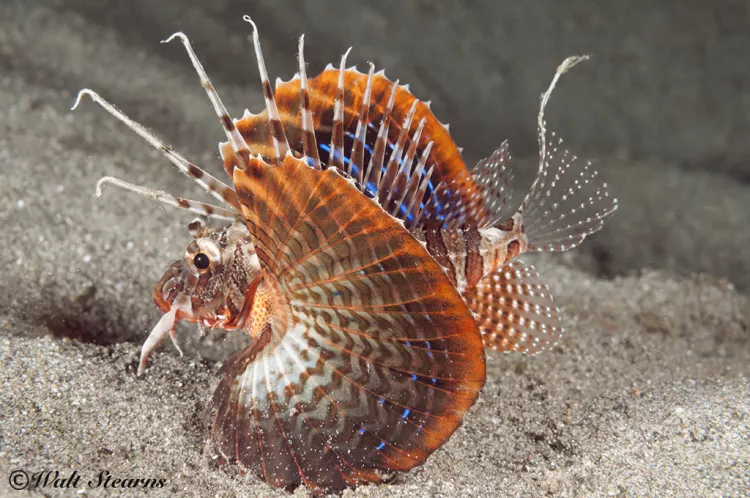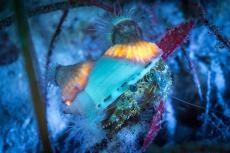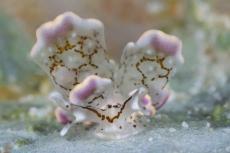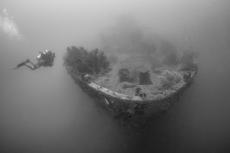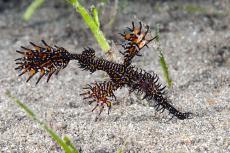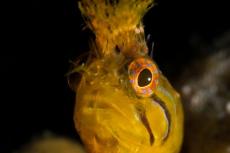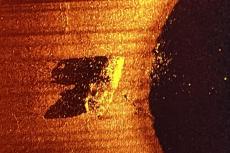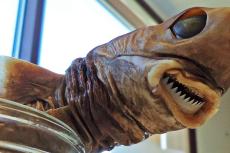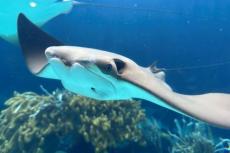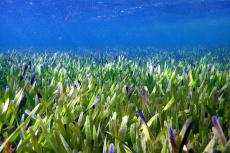Capturing the Fire Dancer
When it comes to taking fish portraitures, the most basic rule of composition you will hear from fellow underwater photographers is “avoid shooting it as it is going away.” However, there are moments where some rules are open for challenge.
It's large, fan-like fins wave and flare like the skirts of a Flamenco dancer, revealing vibrant shades of rust and orange with flashes of royal blue as it hunts its prey under the cover of night. As beautiful as its dance may be, one prick from one of its long dorsal spines will inflict a very painful burning sensation.
The Gurnard lionfish (Parapterois hentururus) is a small, nocturnal species of lionfish common to the Philippines. The most attractive feature with this fish is its large set of fan shaped pectoral fins similar to what you would see on a flying gurnard displaying a combination of brilliant deep blue and orange markings on the back side of the fins.
But the challenge here was in what way could I capture these traits on a fish that could easily fit squarely in the middle of your palm in the most flattering manner.
Composition: Finding the Right Perspective
The most basic rules of composition you will hear from most underwater photographers on taking fish portraitures is “never shoot it as it is going away.”
The three best angles most commonly employed for proper fish portraits are comprised of:
1. Profile - the most basic format with the view coming from the side.
2. Three-quarter forward, where the subject looks like it is looking back at you, which gives the viewer a more personal connection of the subject.
3. Head on, certainly a more engaging, direst approach making a shot work, and in some cases adding more character to the subject itself.
Incorporating any one of these basic rules of composition, like this three-quarter forward view of this Gurnard lionfish would be satisfactory to most eyes, to me the image was falling little of being truly engaging. Missing was that marvelous brilliant blue colorations on the reverse side of its pectoral fins.

From the front, you can’t see them, which I thought was a shame. Here, I wanted the viewer to see what I was seeing, as I felt that this was a very interesting, if not key trait about this fish. Plus, the image was static, lacking energy, like a vase full of flowers.
There are some instances where rules 1, 2 and 3 need not be ignored in order to show a different story.
One way was change the viewpoint from the front of the fish to perhaps somewhere from above.

While this approach certainly capture this feature, it still lacked the proper energy to make it engaging.
Choosing rear point of view also wasn’t quite cutting either, until the little fellow did something unexpected.

Instead of remaining close to the sand, it suddenly decided to take flight rising a hand’s length off the bottom while at the same time splaying its broad, brilliant blue and ornage pectoral fins in rapid secession giving it the appearance that it is dancing.
The viewing angle the fish afforded me worked, and I had what I was looking for.
Others might disagree, but some rules for composition should not always be entirely adhered to, and open for challenge.
All three images where taken on a night dive in Anilao, Philippines with a housed Canon 7D DSLR, Canon 60mm f/2.8 macro lens with dual strobe lighting.
- Log in to post comments

